- Home
- investment
- news
- Looking beyond Bitcoin and Ethereum — Here’s a list of top 15 altcoins you should keep an eye on
Looking beyond Bitcoin and Ethereum — Here’s a list of top 15 altcoins you should keep an eye on

- With big guns like Ethereum and Bitcoin hitting all time highs, altcoins are also getting a chance to shine in the Sun.
- The combined market value of all the cryptocurrencies in the world has doubled this year.
- Here’s what you should be on the lookout for when mulling over whether or not to invest in an altcoin.
- We explain the probable downsides of some attractively priced coins.
Ethereum is perhaps the biggest altcoin in the market, however there’s disagreement over whether it really classifies as one since its market value of $557 billion far outpaces any other cryptocurrency in the crypto universe. For the sake of our analysis, we have kept Ethereum out of the loop and focused on cryptocurrencies that haven’t been around as long.
The cryptocurrency market has seen a bull run at large in October which spilt into November with many claiming that altcoin season is here. While Bitcoin and Ethereum saw large gains, smaller altcoins gained even more in percentage since they were underpriced by comparison. Investors are eyeing these altcoins that have more room for growth, which in turn will result in bigger profits.
Here are top 15 altcoins in the market that are worth keeping and eye on, why they show promise, and what could possibly go wrong:
Solana (SOL) — $73.60 billion
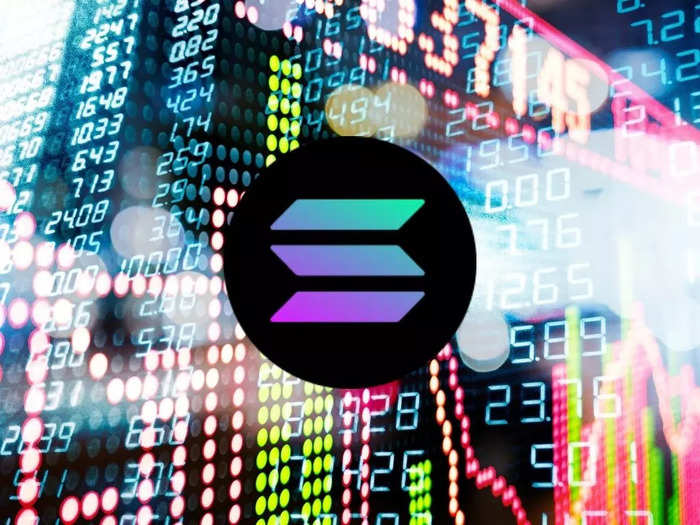
Solana began taking off in 2020 with its own blockchain, the ability to integrate with tokens from other networks, and fast transaction speeds — at least compared to Ethereum, which was becoming the go-to cryptocurrency for developers looking to mint smart contracts, like non-fungible tokens (NFTs) and decentralised finance (DeFi) apps.
Solana is seen to be well-suited for high-throughput decentralized finance (DeFi) solutions, and uses less processing power than Ethereum. Hence the crypto community pegged it as an ‘Ethereum Killer’, although Solana’s network crash removed some of the shine, and recent upgrades improved Ethereum’s own capacity.
At the time of writing, over 500 dApps are built upon Solana by independent developers, most being related to finance such as lending and borrowing. These applications include everything from DeFi services, NFT trade, play-to-earn (P2E) games like Star Atlas to dating services. And, all of them need Solana tokens to transact, explaining its 100x rise in value this year — resulting in a spot among top 10 most valuable cryptocurrencies in the world.
Ripple (XRP) — $57.13 billion
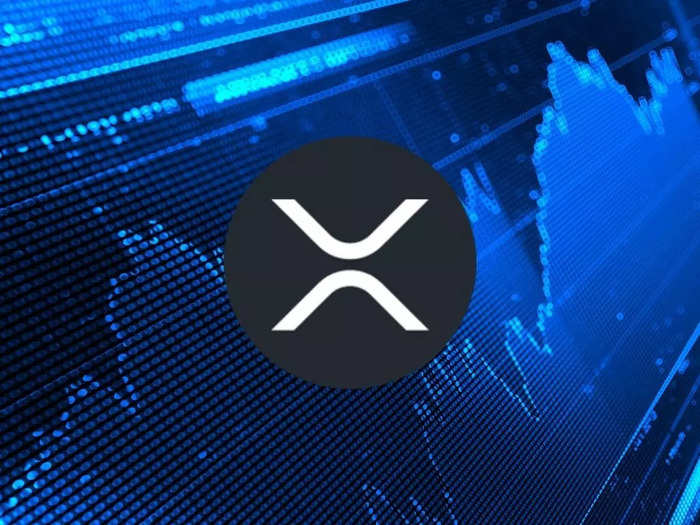
Ripple’s XRP, also called OpenCoin, is used by some financial institutions — like Axis Bank and Yes Bank — to transfer payments across borders faster and cheaper than existing systems, like NEFT, RTGS, or the most commonly used SWIFT. XRP Ledger is the name of the blockchain network, XRP is the name of the coin, and Ripple is the name of the company behind making it all happen.
Compared to Ethereum, the XRP Ledger claims to be more scalable, meaning it can process more transactions-per-second at a lower cost.
In addition to XRP, Ripple has also invested in the NFT marketplace Mintable and launched a $250 million creators fund for innovation, to help creators sell their NFTs using the XRP Ledger. Ripple has said they’re looking forward to building interoperable CBDCs. However, having made deep inroads into the financial establishment, XRP has attracted scrutiny from the US Securities and Exchange Commission (SEC) due to its impact on fiat currencies. And, they don’t seem to be getting any closer to making a final decision.
Polkadot (DOT) — $46.25 billion

Another ‘Ethereum Killer’, this project by a Swiss research foundation uses ‘parachains’ to take aim at interoperability, scalability, and security. That makes transacting with DOT cheaper and faster than older cryptocurrencies. Polkadot currently has a maximum supply allocation of 1 billion DOT tokens.
Built to communicate across blockchain networks, over 511 projects currently use Polkadot. Use cases range from the ordinary such as transactions and finance, to exotic ones like file storage and identity verification. The Polkadot blockchain is expected to enable more features soon, and has seen all-time high valuations this week.
Dogecoin (DOGE) — $34.76 billion
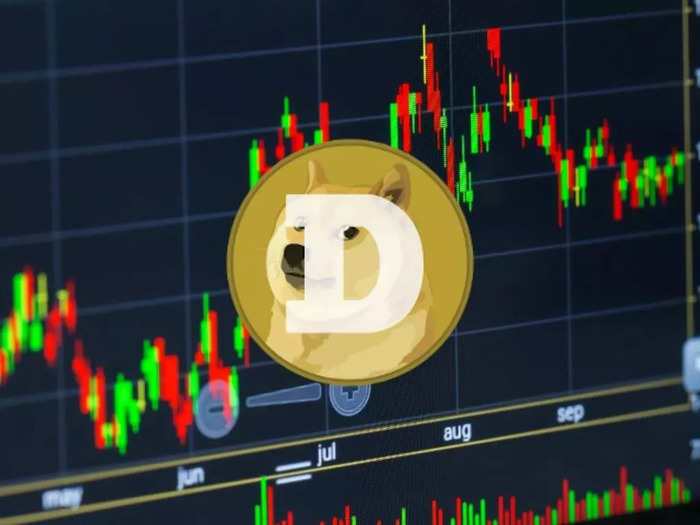
Launched in 2013, the Dogecoin payment system project was created as a joke by its founders. Turns out, the combination of a Shiba Inu meme, cute dogs and crypto was powerful enough to get the attention of tech billionaire, Elon Musk, eventually. He liked it, his followers bought into it, and the rest is history.
For many years before that, Dogecoin was used for tipping on forums online and occasionally for donations. One of the first altcoins to get mass media coverage, it was similar to Bitcoin and Litecoin when created, with a few changed parameters - such as no limit to the number of coins that can be mined, making supply unlimited over time. Its value has risen 45-fold this year so far, and believers will get to decide whether volatility drives this coin up or down.
Terra (LUNA) — $22.66 billion
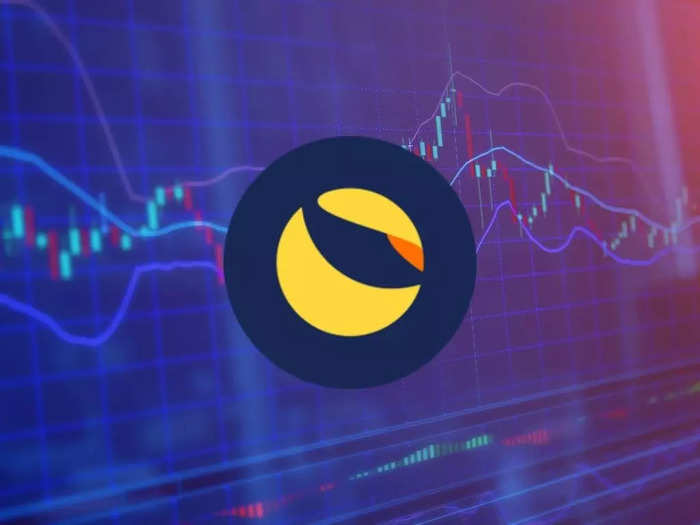
Terra, the company behind the LUNA token says this blockchain intends to create a better and digital financial system. LUNA allows smart contracts and building DApps on top of the Terra network, including DeFi protocols such as Anchor and Mirror. In order to boost adoption, they have also partnered with payment and e-commerce platforms in Korea, like TMON and Yanolja.
Terra uses the day-to-day price stability of fiat currencies, to create ‘stablecoins’ – similar to how Tether uses the US Dollar as a peg to create the USDT cryptocurrency. Thus Terra offers a basket of stablecoin currencies pegged to the USD/EUR/GBP/SDR/JPY/KRW/CNY/MNT currencies. When transaction volumes of these currencies increase, they sell the native LUNA to get price stability — liquidity to match the fiat currency in circulation — and buy back LUNA when transaction volumes decrease.
Uniswap (UNI) — $15.42 billion
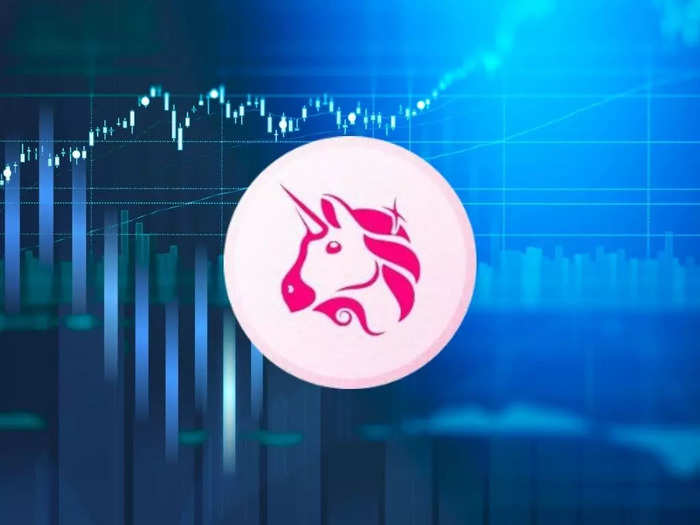
Trading since September 2020, UNI is an Ethereum-based ERC-20 token that was given to users of Uniswap’s decentralised exchange (DEX). Uniswap solves liquidity issues on an exchange and enables users to trade DeFi tokens. There is a supply limit to UNI tokens of one billion units currently.
In September, the US SEC had investigated Uniswap, to look into whether DeFi trades should be regulated under the securities framework. If they can weather through the storm, the trajectory of DeFi is likely to take UNI higher.
Bitcoin Cash (BCH) — $12.77 billion
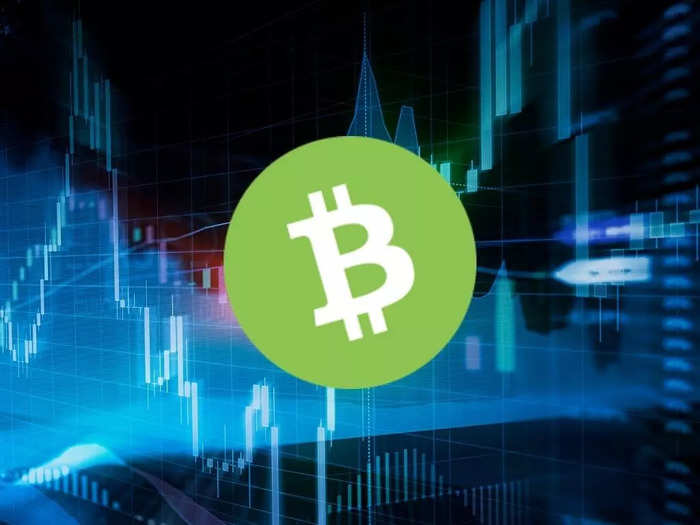
Bitcoin Cash split away from Bitcoin in mid-2017 with all Bitcoin holders at the time receiving corresponding Bitcoin Cash. Hence it is an altcoin that shares most of the traits of Bitcoin, such as being open, decentralised, blockchain-based, ‘mined’ for use, and with a supply limit of 21 million coins.
The difference between the two comes in when you look at their underlying goals. At the time, Bitcoin was seen as more of an asset that stored value like gold, while Bitcoin Cash advocates wanted it to be used for transactions, as a medium of exchange like cash. The Bitcoin Cash website points out that the worldwide gold market is worth only $10 trillion, while the worldwide cash market is ten times more. The company feels that BCH is more ‘usable’ and has a ‘bigger upside potential’ because of its use case as payments between people, for goods and services, and micro-transactions such as tipping content creators or rewarding app users.
BCH also claims to be ‘greener’ than Bitcoin by allowing for faster transactions at lower fees. A large cache of BCH that was tied up in the Mt Gox case is expected to be made available to owners soon, possibly causing a supply glut.
Chainlink (LINK) — $15.88 billion

LINK is an ERC-677 token that allows for ‘data-driven smart contracts’ across multiple blockchains, such Ethereum, Solana and Polygon. Uniquely, it can interact with data from the external world using an ‘oracle’, for information like price/weather/order books.
It is commonly used for DeFi securities that rely on financial market data. For example, Arbol using Chainlink for weather data to create weather risk products and Theta Network using it for viewership data to detect ad fraud for online content.
Wrapped Bitcoin (WBTC) — $15.63 billion
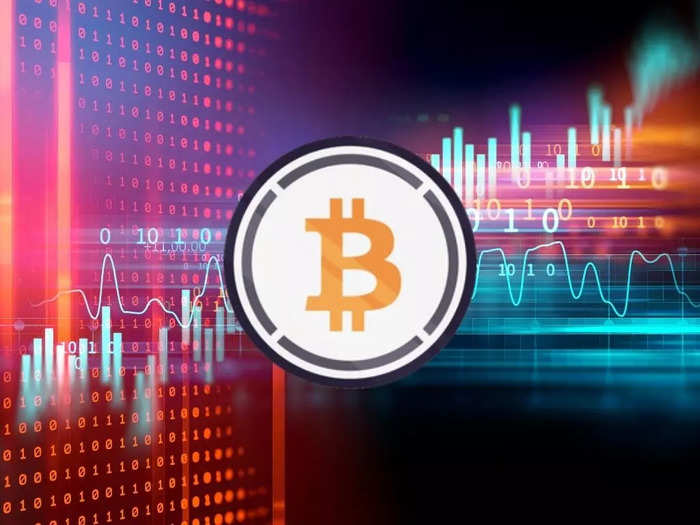
Take a Bitcoin, leave it in custody, ‘wrap’ to represent it as an Ethereum-based token, and retain a peg to Bitcoin’s price – et voila, you have created Wrapped Bitcoin! In brief, WBTC is an Ethereum ERC-20 token tied to BTC’s value, similar to the Tether token tied to USD’s value.
The main reason to do so, is to ‘shift’ liquidity from Bitcoin’s networks to the Ethereum blockchain, and participate in DeFi services that may not otherwise be natively available to Bitcoin holders. DeFi services for WBTC include features like trading, staking, margin trading, lending and borrowing, games, DApps and smart contracts.
There is no maximum limit to WBTC, and transactions complete 40 times faster than usually seen with BTC. Among its backers, BitGo and Kyber Network claim to maintain a 1:1 ratio of WBTC tokens to BTC reserves, and would remain the centralised custodian of BTC.
Litecoin (LTC) — $19.10 billion
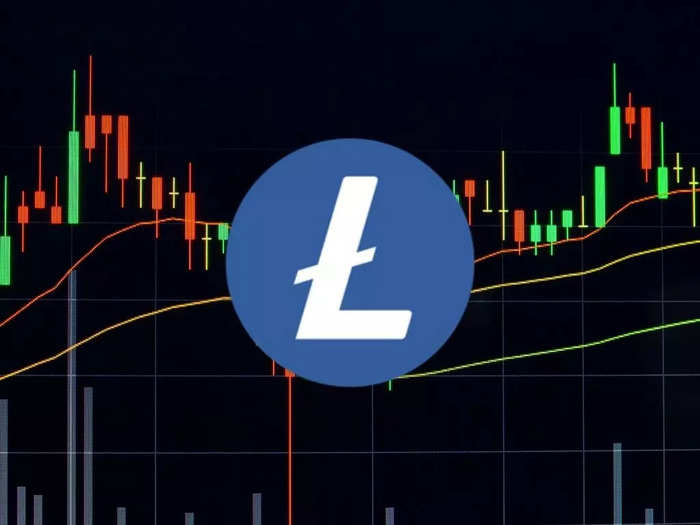
Seen as the first among Bitcoin alternatives, Litecoin is an altcoin that was forked from BTC. It has many characteristics similar to Bitcoin, thus retaining the same strengths as its parent currency.
Litecoin was forked before Bitcoin Cash for the same reason – aspiring to be used as a currency for frequent transactions with suitably low transaction fees, at least in comparison to Bitcoin. Notably, LTC does claim to process transactions much faster than BTC, and of being secure and efficient for smaller merchant transactions.
LTC does have a supply limit of 84 million coins though, making it an asset that may rise in value over time. Having been around since 2011, Litecoin has percolated deep enough to spawn debit card and bank account options.
Filecoin (FIL) — $7.73 billion
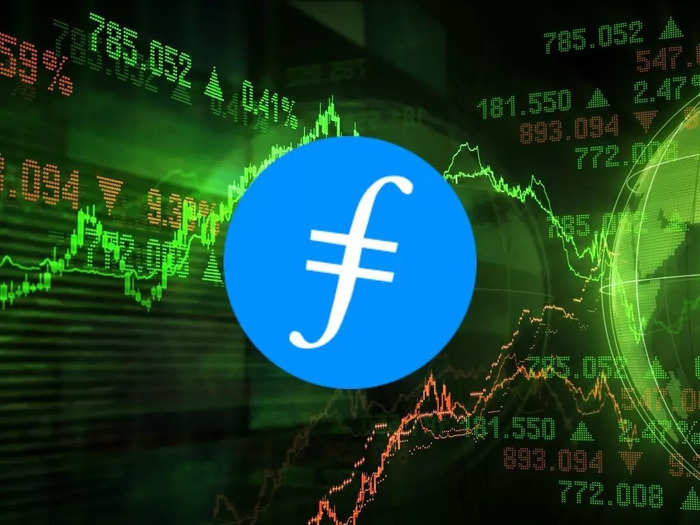
Filecoin has operated on its own blockchain since mid-2020, with a supply limit of 1.97 billion units. Specialising in decentralised network storage using the Interplanetary File Storage (IPFS) protocol, it is meant to allow usage of empty storage space globally. Think of it as a distributed alternative to centralised cloud storage offered by the likes of Dropbox/Google/Microsoft/AWS.
If you’ve seen the TV show Silicon Valley, this is one of the things that the fictional company PiedPiper tries to achieve with its app.
Users can pay in Filecoin for efficient low-cost storage and nodes that provide storage will receive payment in Filecoin. At last count, the network had 13.3 exabytes of storage capacity, and it cost $1.54 to buy a Terabyte – pretty good numbers considering the commercial competition. So good, apparently, that even scammers are finding ways to earn millions.
Ethereum Classic (ETC) — $7.36 billion
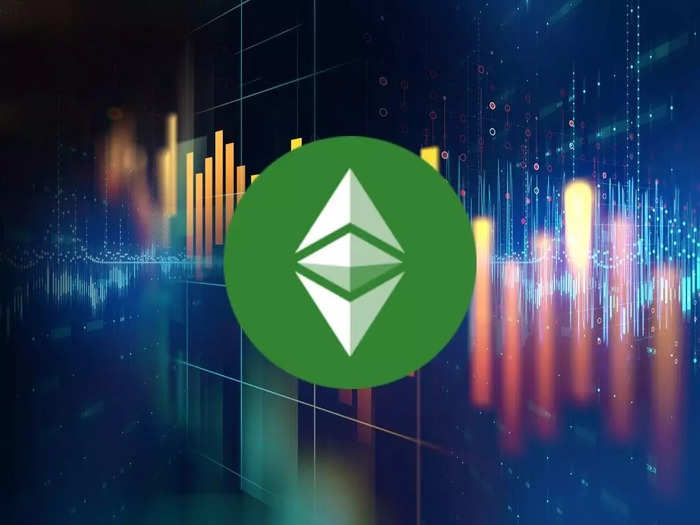
Ethereum Classic (ETC) split away from Ethereum (ETH) in 2016 due to ideological reasons diverging more across time. The basic functionality is the same though with a supply limit of 210.7 million ETC. An application or smart contract that uses ETH might be able to use ETC instead, with minimal changes.
Yet very few major developers chose to use ETC, despite improvements after the split and a dedicated community. That is why outside observers have attributed its rise in value this summer to nothing more than demand from Grayscale Trust and tweets that confused ETC with ETH.
Aave (AAVE) — $4.16 billion

AAVE is the native token of Aave, known as ETHLend previously. It is a DeFi lending protocol with financial services that include interest on deposit, lending and borrowing cryptocurrencies, or even flash loans with zero collateral.
Supply of AAVE is currently limited to 16 million, though some derivative exchanges may allow for trading with upto 125x leverage. Aave’s ecosystem lists 30 companies that have built DeFi products atop their protocol, and claims a continuously growing market for liquidity.
Dash (DASH) — $2.41 billion
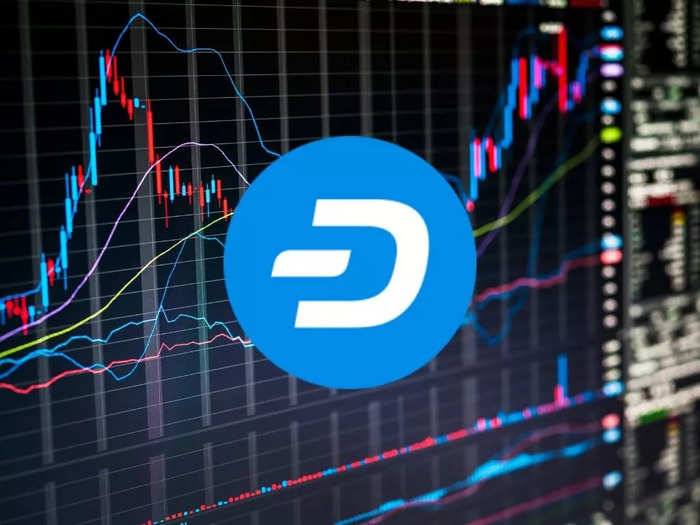
Known previously as XCoin and Darkcoin in 2014, Dash is named for ‘digital cash’. This altcoin began as a fork of Litecoin, which was itself based on Bitcoin. Dash has grown significantly since then, but largely focuses on being a decentralised global payments network offering fast transactions at low cost .
The privacy aspect however, helped it initially but hurts it today. Its PrivateSend service claimed untraceable transactions as a prominent feature, comparing it favourably to Bitcoin even upto 2017. But now, DashPay CEO Ryan Taylor has clarified that Dash’s PrivateSend feature is simply a branded implementation of non-custodial CoinJoin – being no less or more private than Bitcoin.
After crypto exchanges such as ShapeShift and BitTrex delisted Dash, the currency seems to not want to be known as a ‘privacy coin’ anymore. In July, they launched DashDirect, to allow for shopping at over one lakh store locations in the US, and increase usage of the currency.Aspen Coin (ASPD) — $18 million
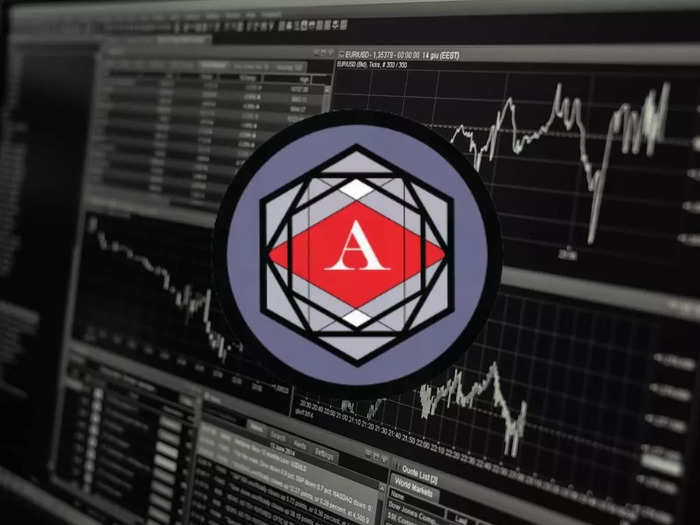
As a first of its kind, Aspen Coin can be thought of as owning a share of a real estate company. In 2018, the luxury St.Regis Aspen Resort of the US, announced a Security Token Offering (STO) of this asset-backed security token, issued to accredited investors.
Initially issued as tokens on the Ethereum blockchain, regulations mandated that it move to the ‘Securitize platform’ and is now traded using the Tezos currency. There seem to be exactly 26 people holding ASPD, and the underlying asset has kept the value of ASPD tokens largely stable across years.
ASPD is worth keeping an eye on, because its sheer uneventfulness could convince more Real Estate Investment Trusts (REIT) that raising funds through cryptocurrency can be safe.
List of top altcoins as per the Bank of America (BoFa) and data from CoinMarketCap — market-cap values as of the end of 14 November 2021, IST.
DISCLAIMER: This is not financial advice. Always do your own research (DYOR) before making an investment, crypto or otherwise.
READ MORE ARTICLES ON
Popular Right Now
Advertisement